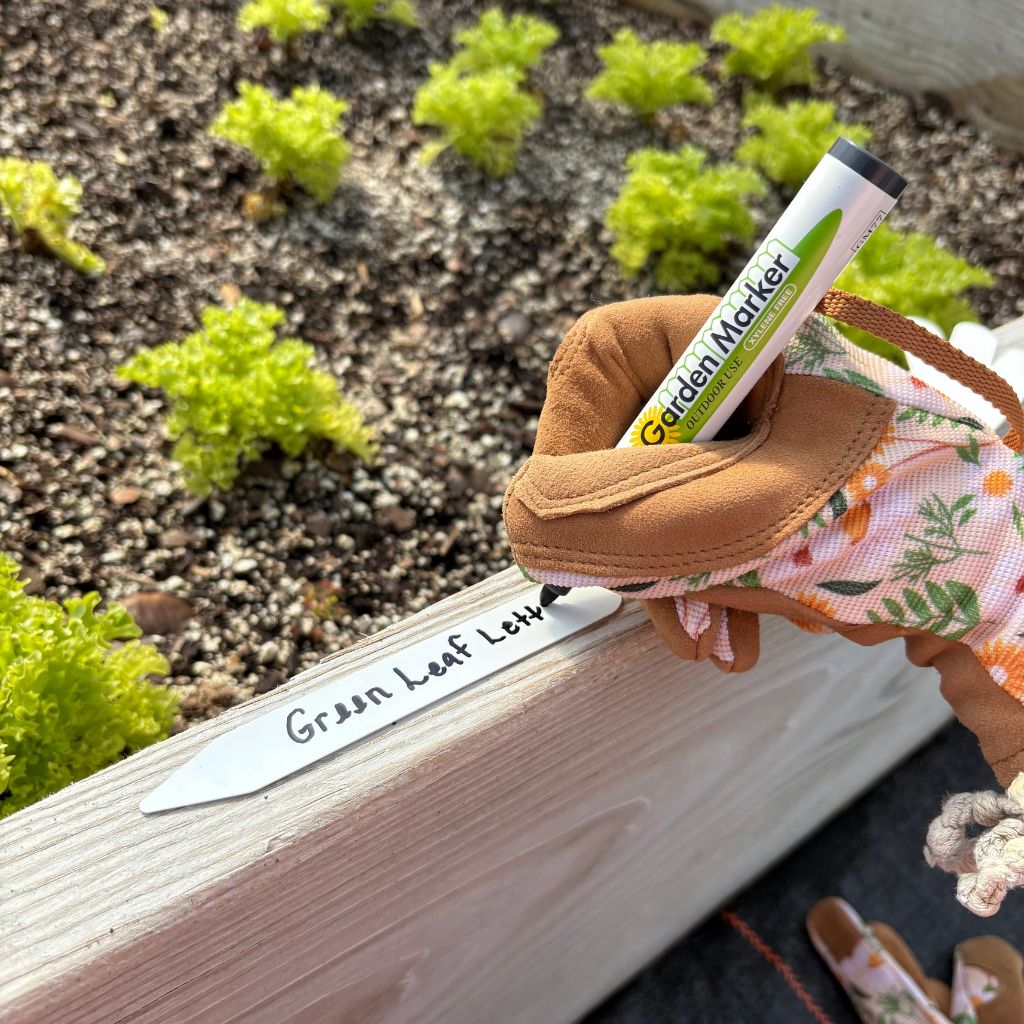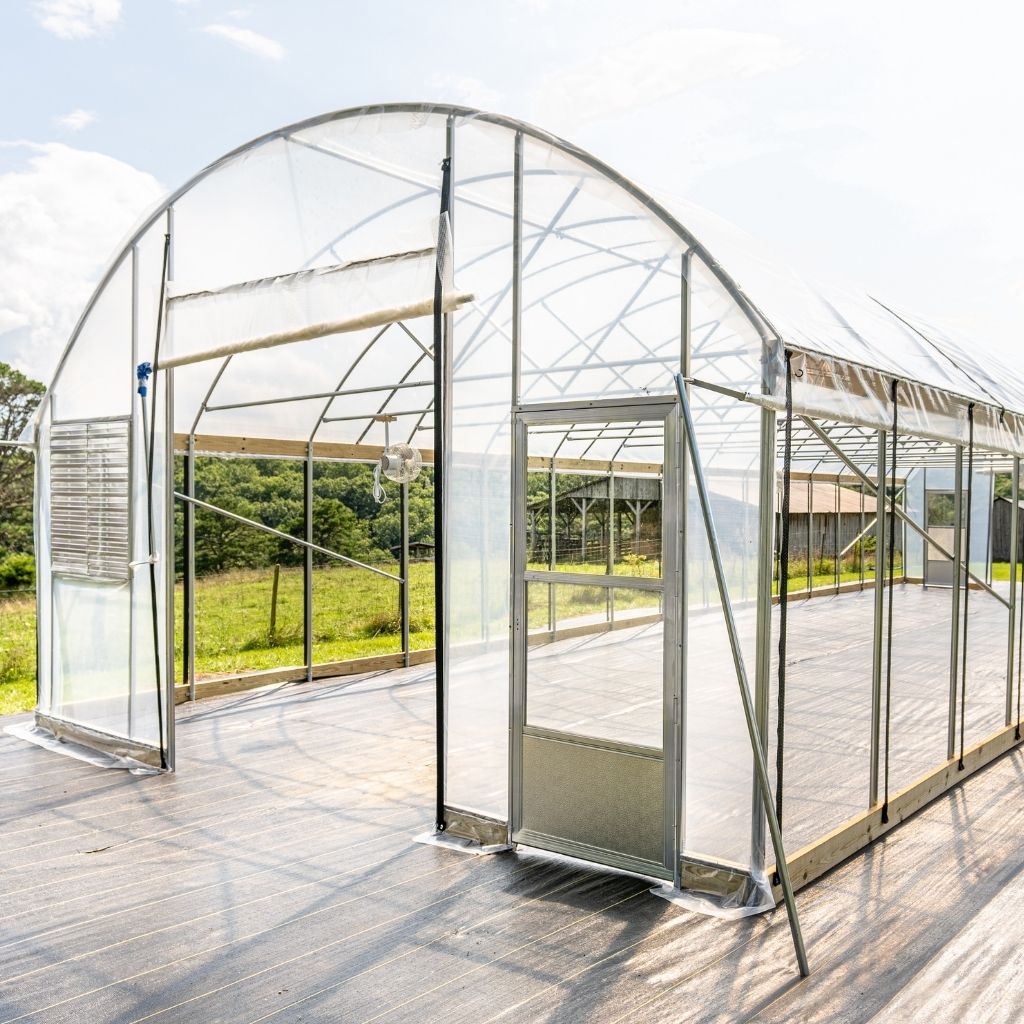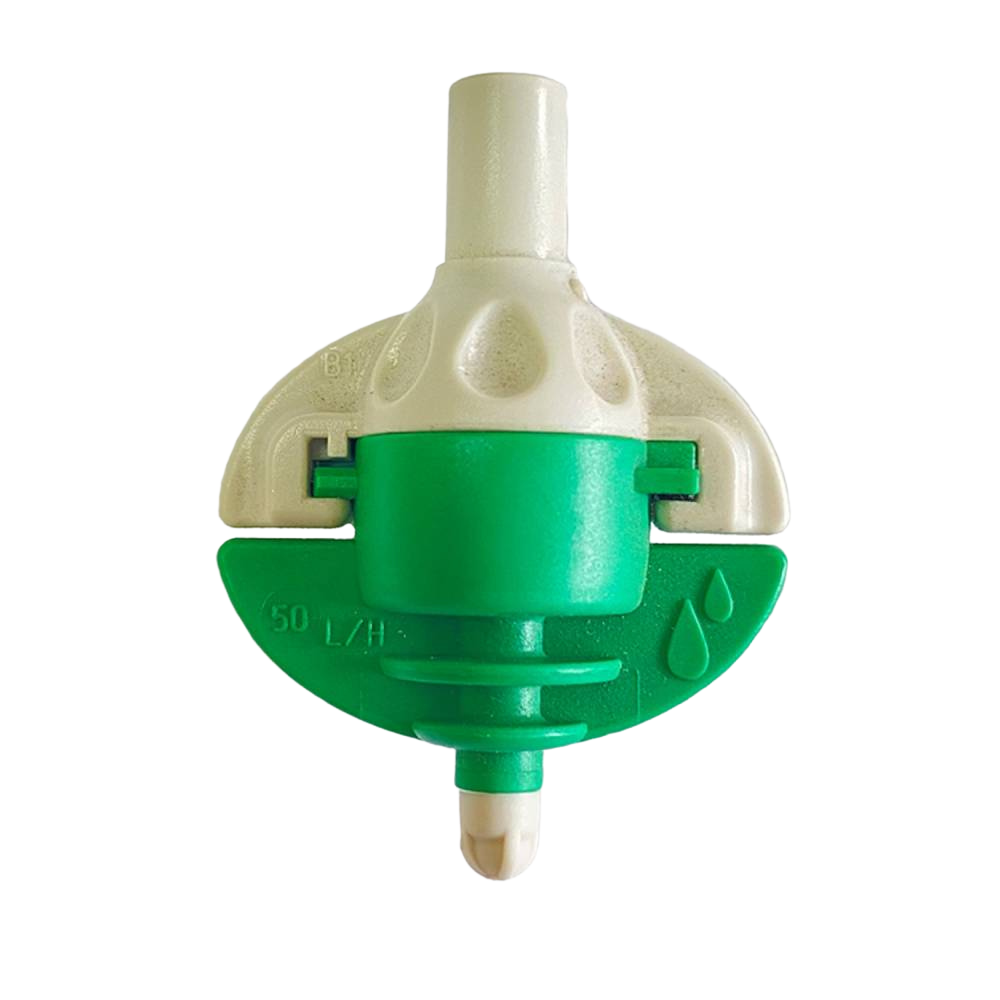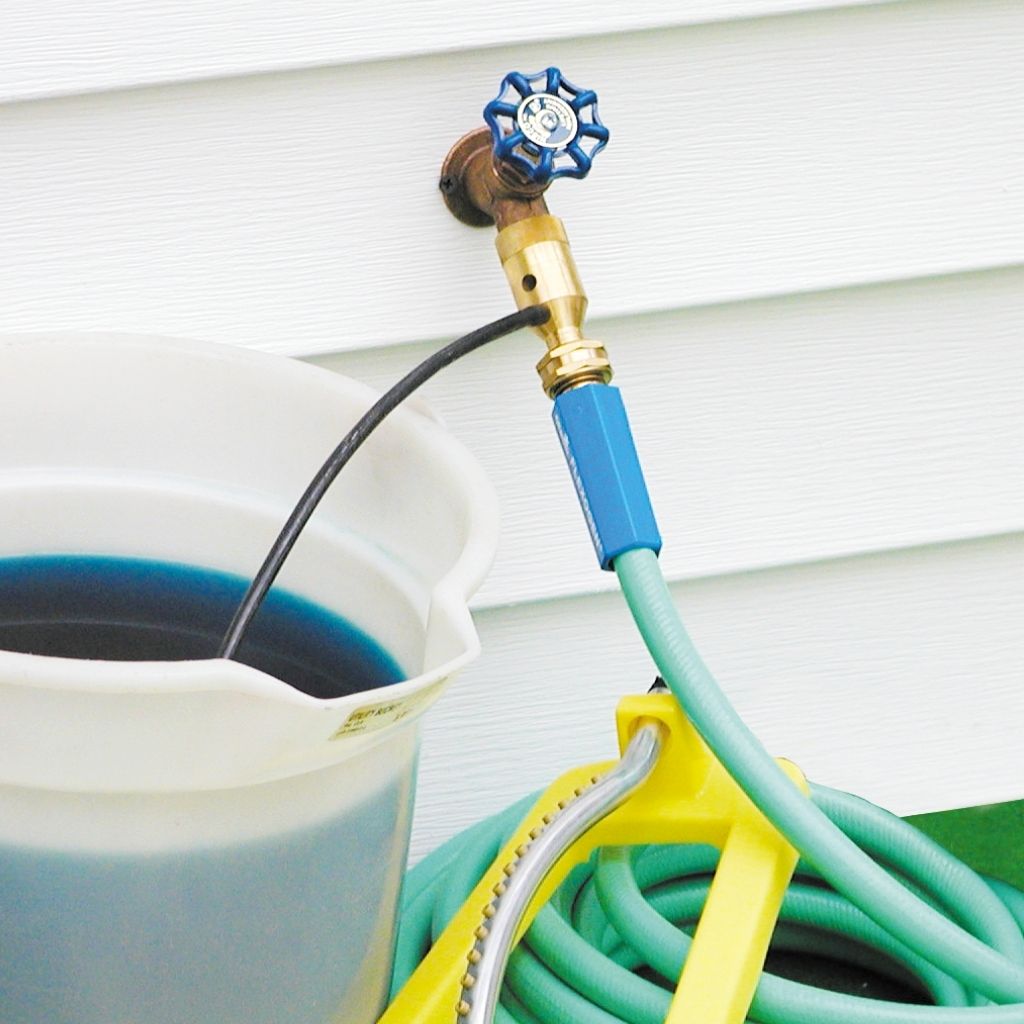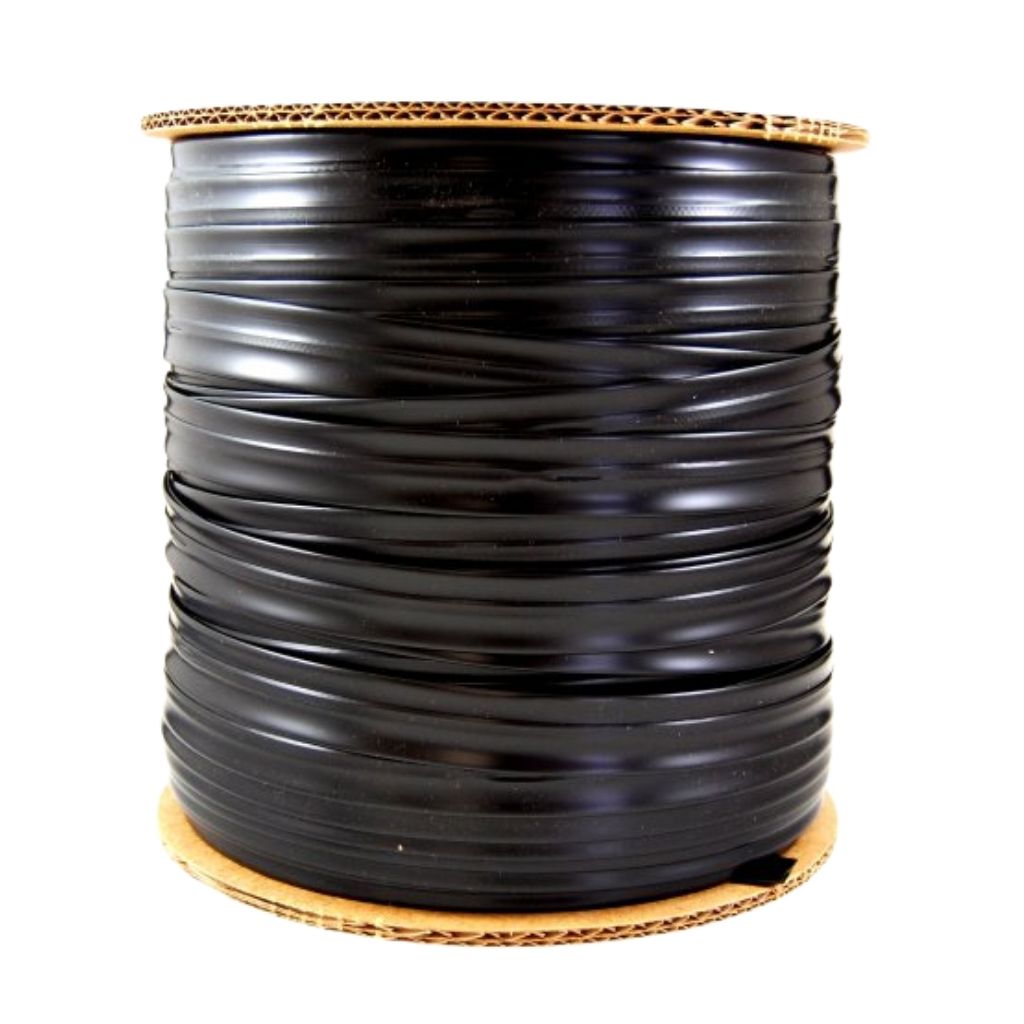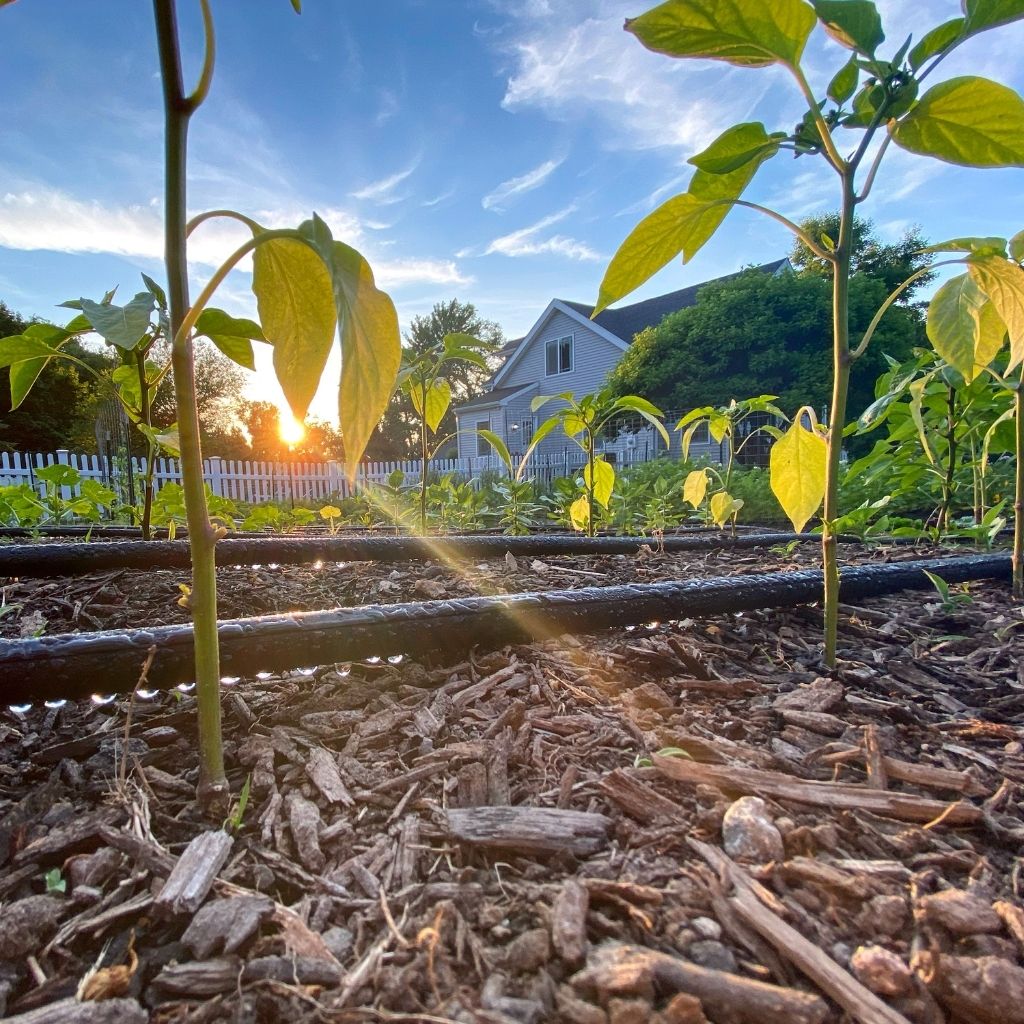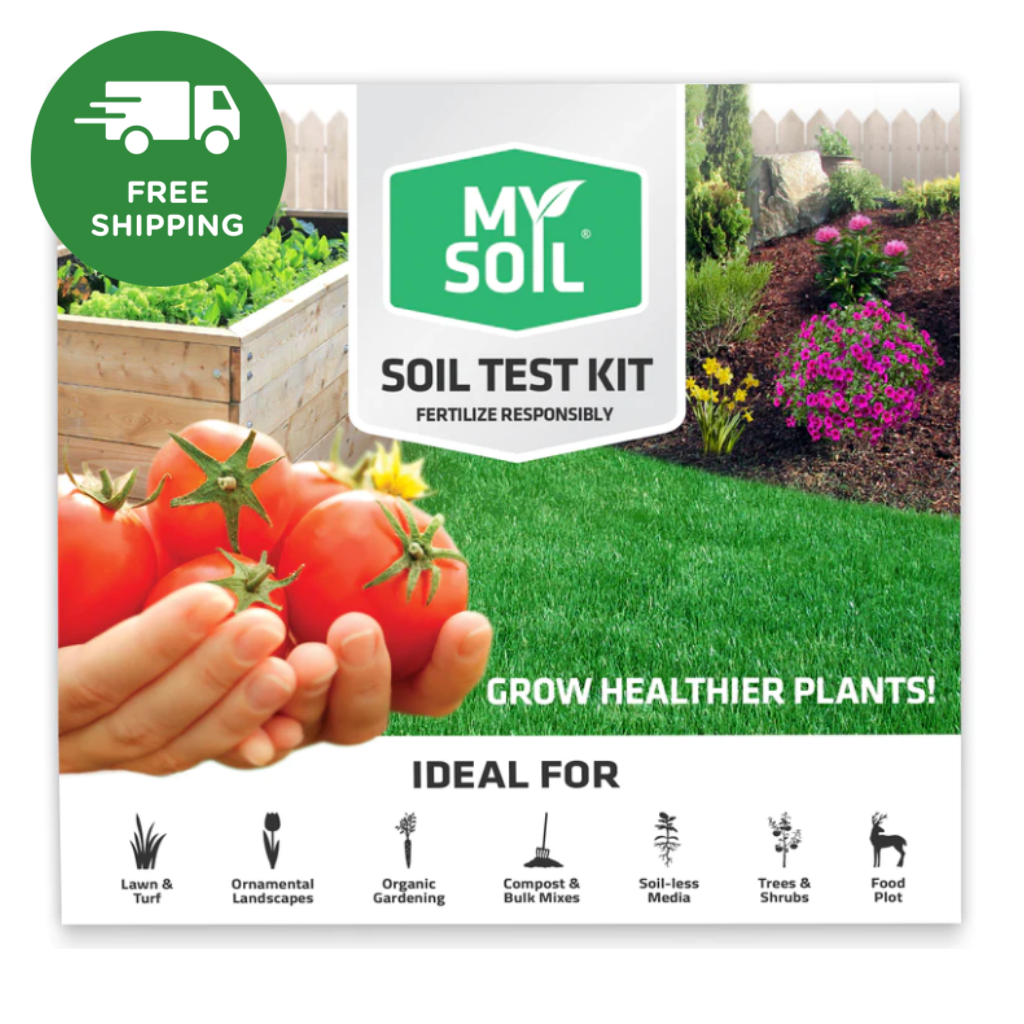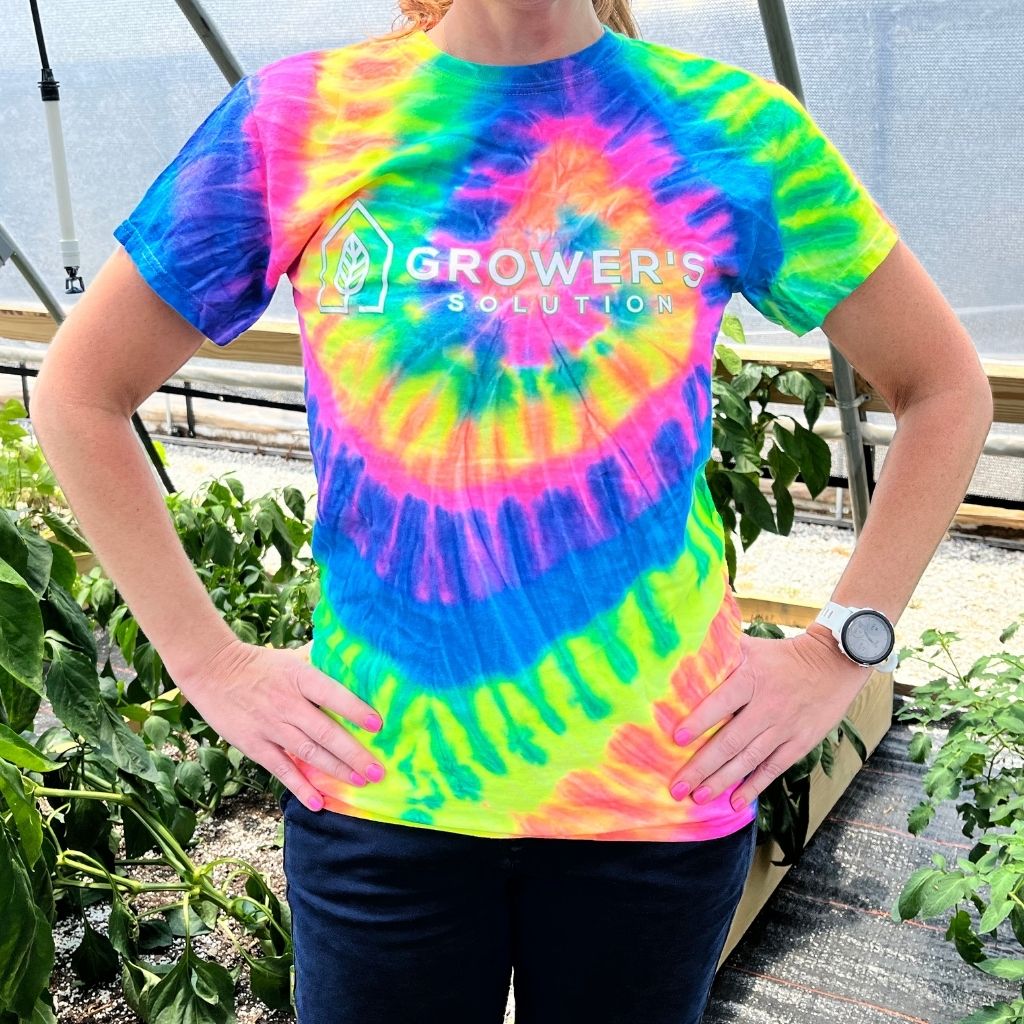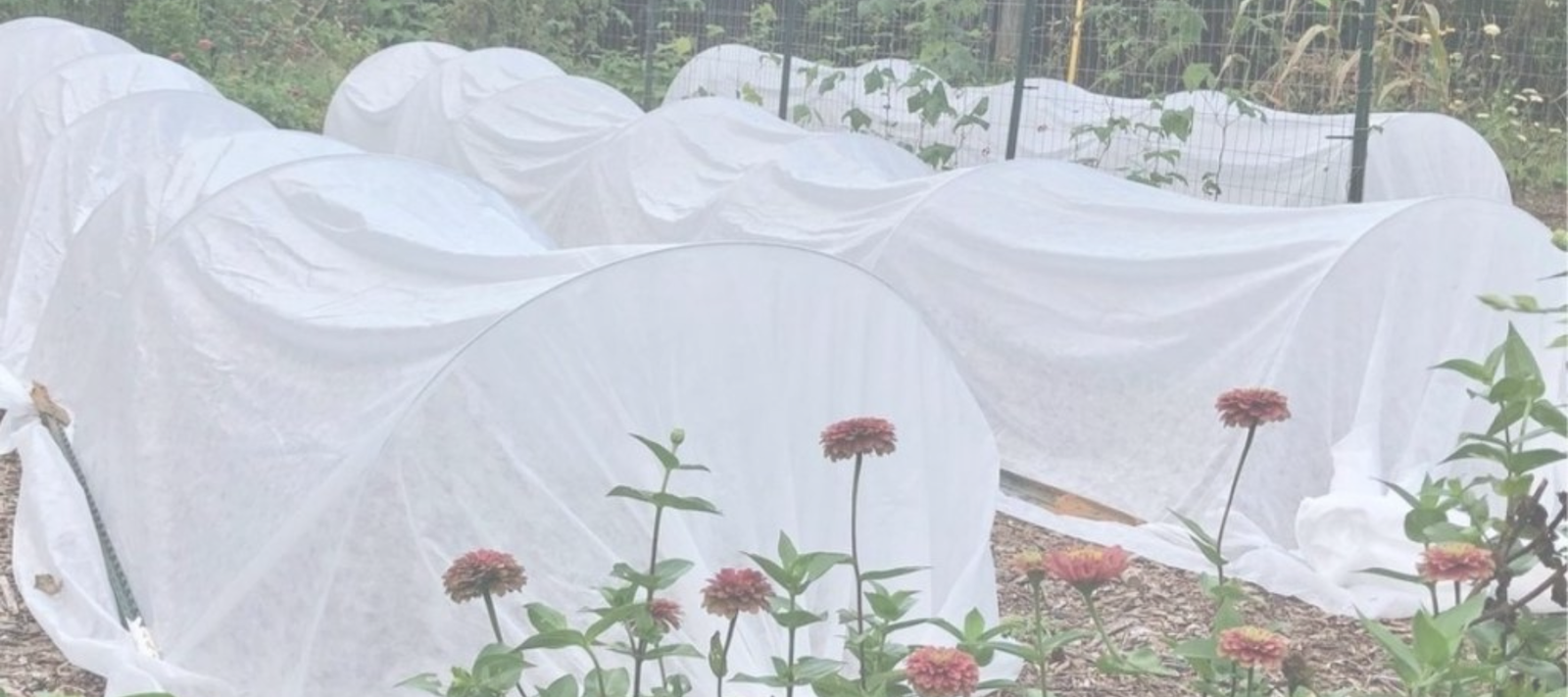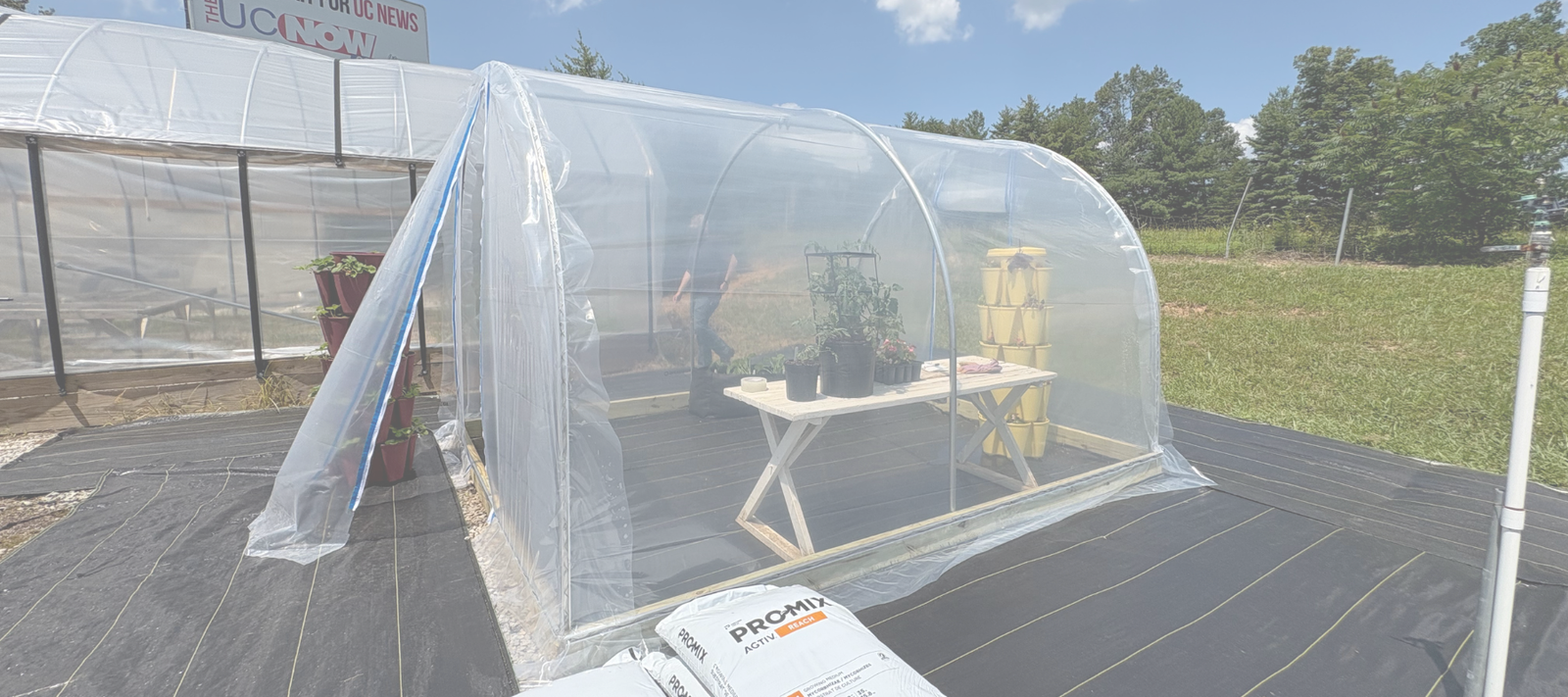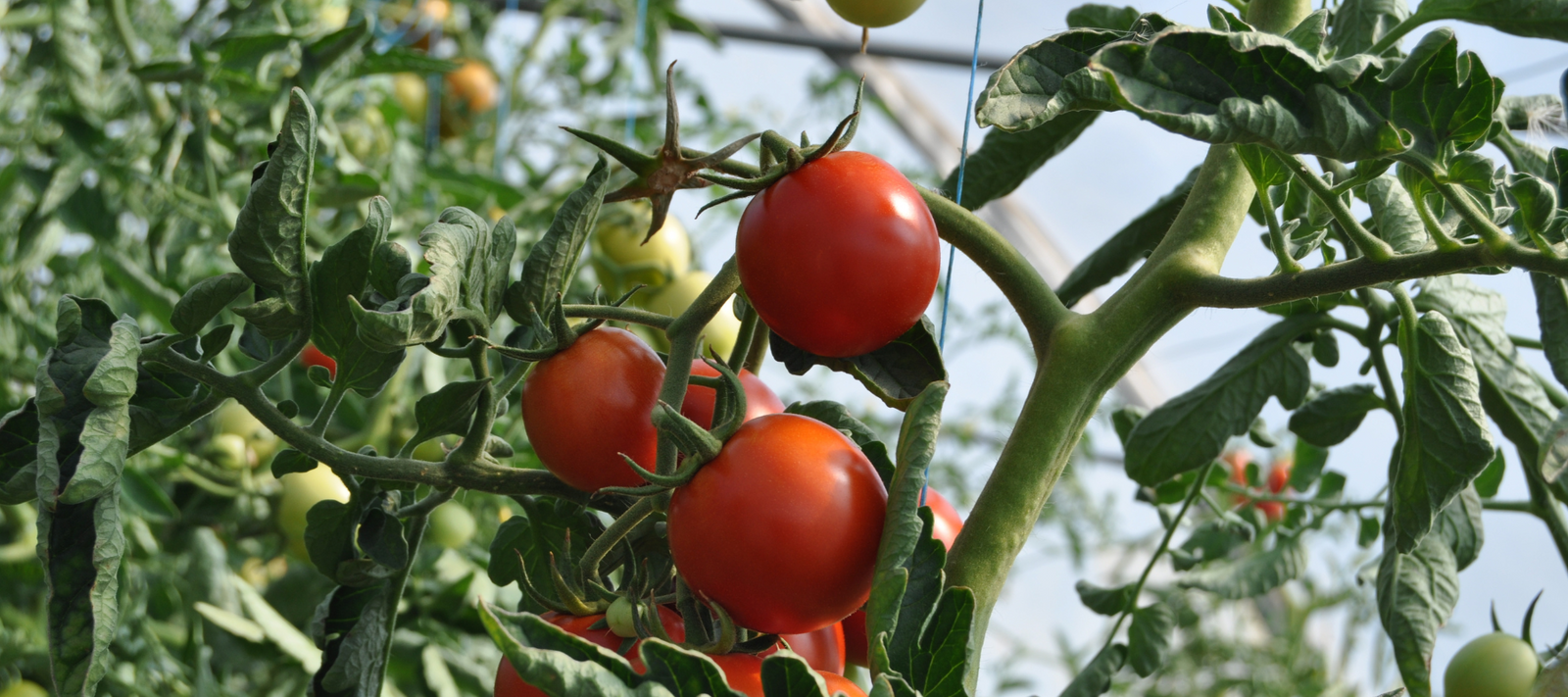The Lowdown on Downy Mildew

Downy mildew can be a death sentence for plants. There are several symptoms that help distinguish whether or not your plants have been affected, but if not taken care of prior or right after, there is pretty much no hope. As a grower, this can be troublesome because that is money and time down the drain so be sure to educate yourself on what to look for and how to treat it.
Downy mildew is a type of oomycete microbes that infect the plant, being an obligate parasite. It is a larger problem for vine plants such as grapes or vegetables, causes foliage blights, and alters the plant. It mainly occurs during the late summer season, but has been known to occur in the wet, brisk seasons as well because the cooler weather allows it to grow more rapidly. It is difficult to treat and fix once symptoms become very visible, so detecting and treating early is vital.

Symptoms on all plants can vary to an extent. However, most of them include soft, furry spores under the leaves, ranging in colors from gray to brown to purple. On top of the leaves, they will have square shaped yellow areas that are large, which will eventually turn brown. Ultimately, it will kill the tissue inside the leaves, without harming the petioles or the stems. The only thing that really aides in curing downy mildew is using a type of fungicide spray, but like I said earlier, it must be found very soon in order to kill it before it kills the leaves.
Downy mildew is not something to take lightly. It can kill your leaves, resulting in loss of fruit and vegetables, which is something no grower wants to face. Even if you are not sure if your plants are infected by downy mildew, I would still take preventable measures to insure the health of your plants. It never hurts to be safe!


